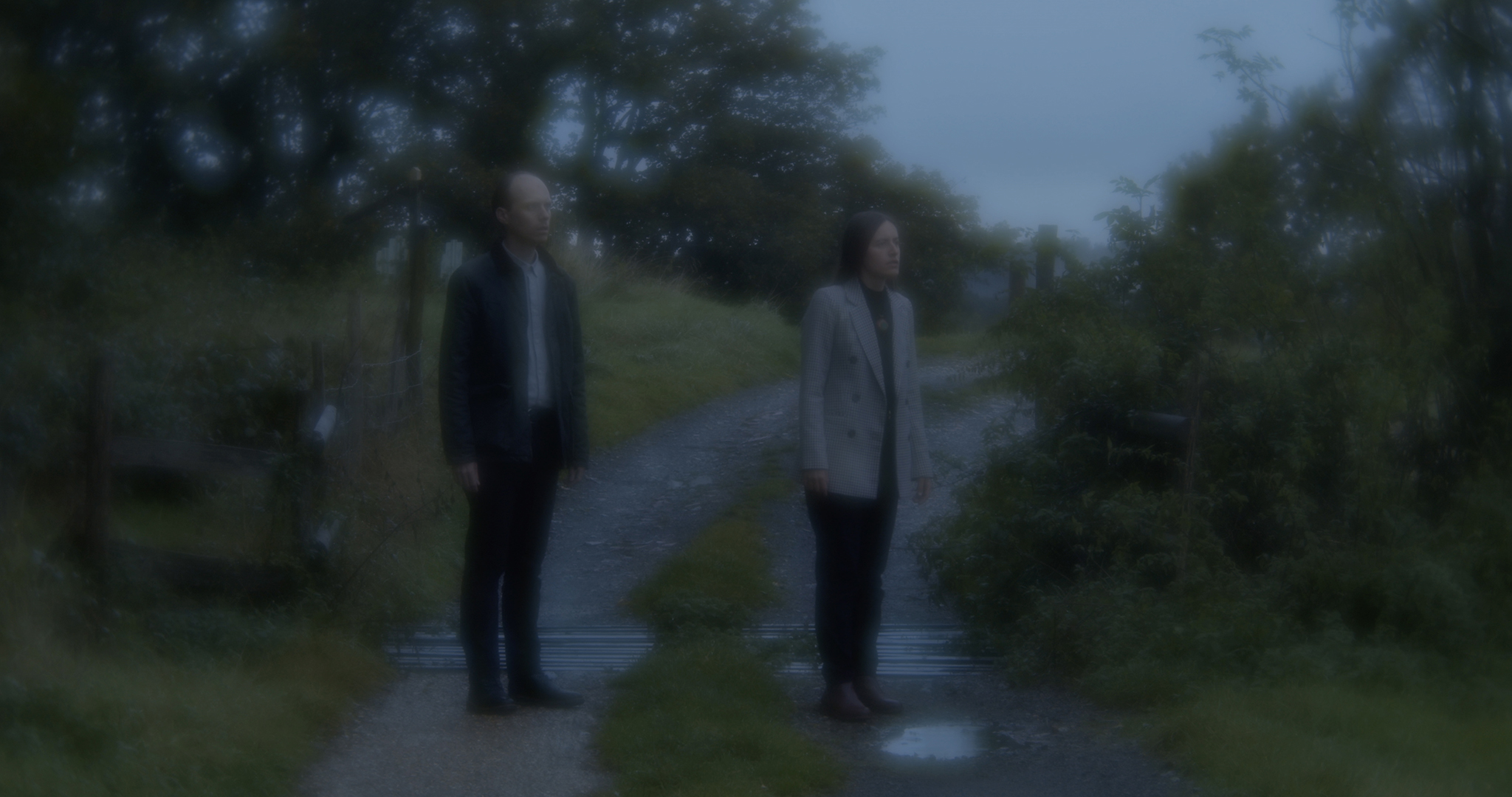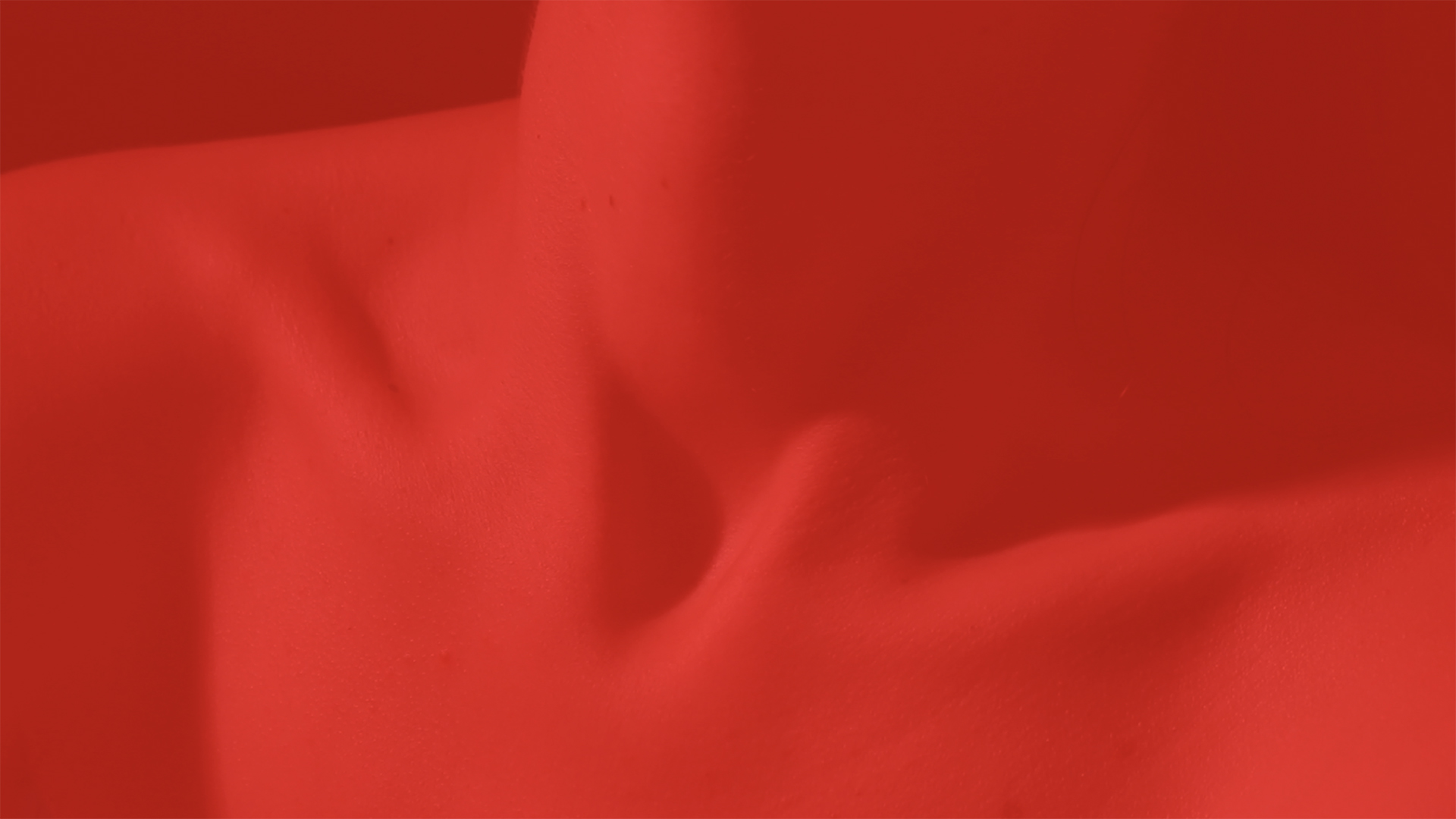
RECEIVING LANDSCAPES
By Nadin MaiIn his marvellous treatise Ways of Seeing, John Berger wrote about the ways in which the concept of perspective changed (landscape) art in Europe. The shift from paintings without a perspective as we know it today, came about in the Renaissance. Medieval European painting was rather flat, perspective being primarily expressed or hinted at through the overlapping of objects. For Berger, perspective, as it was used from the Renaissance onwards, made “the single eye the centre of the visible world” without offering so much as “visual reciprocity”.1
Perspective, then, is exclusive, rather than inclusive. It is not so much a guiding hand, but a forced way of looking at things. Film, as all other visual art forms, has to negotiate the constraints and the chances of working with perspective. With its roots in time (and, therefore, movement), cinema is open to experiments with perspective, to play with it, suggest new forms, alternative forms which can enrich the viewing experience and which can be inclusive, rather than exclusive.
***
Mayfield, East Sussex. A small village in the south-east of England between the Channel and London. Its roughly 3,000 souls live in beautiful old houses which are surrounded by grazing cows on fields that often seem endless. The clock ticks differently in Mayfield. The minutes and hours pass slower. There is a sense of liberation and one can almost hear Nature slowly inhale and exhale.
Daniel & Clara arriving by car in this village is therefore almost an offence. Perhaps this is why the village will play its tricks on the two filmmakers throughout En Plein Air (2020). A day spent in Mayfield, with Mayfield, with the time and the rain. “Mysterious objects at noon”, Thai filmmaker Apichatpong Weerasethakul titled one of his films. Mysterious objects throughout the day for Daniel & Clara. With the images slightly blurred, En Plein Air feels like a dream where sound is augmented, intensified to the point of almost becoming haptic. The sound of a snail moving on the green, the rumbling clouds in the sky, the wind in the trees — Daniel & Clara are surrounded by an orchestra of sounds, fascinating and menacing at the same time. It is an orchestra of life.

***
When Daniel & Clara began their collaboration ten years ago, film was for them a medium to externalise the internalised. The camera was a medium between them and the world. It was a medium, which allowed them a perspective on their surrounding. Crucially, it also became a medium for the exploration of their inner world. This, we should not forget, is part and parcel of who Daniel & Clara are because their films are not films in the traditional sense. Over the years, their films have become their life, each film representing a new episode in their fruitful collaboration, a new episode in their development as two humans, one artist.
The camera as a medium to expose feelings and thoughts.
The camera is a shield, a safety net.
But it is never as simple as it looks. I will never forget the anecdote recounted in Ari Folman’s Waltz with Bashir (2008). An anecdote, which made me realise the strength a simple camera can have in shielding yourself from the outside. For photo journalists in war zones, the camera functions as a shield from traumatising images in the aftermath of atrocities. They see everything through a lens and can dissociate themselves from what happens in front of them. Until it no longer does.
***
A journey through the UK. The sound of a train on rails, an image of power lines above us speeding past, hypnotising almost, until one of the power lines becomes a mere red line on a blue background. It’s dancing, it seems. Am I somewhere in the UK, or am I in my subconscious?
Perception is an act of the going-out of energy in order to receive, not a withholding of energy. To steep ourselves in a subject-matter we have first to plunge into it. When we are only passive to a scene, it overwhelms us and, for lack of answering activity, we do not perceive that which bears us down. We must summon energy and pitch it at a responsive key in order to takein.2
These are the words of John Dewey. In some ways, his book Art as Experience could have been written for Daniel & Clara. Film as experience. Making film as an experience. A life experience. An experience of being in the world.
In their feature film Notes From A Journey (2019), the two humans embarked on a decisive shift in their filmmaking process. The landscapes they constructed their film around still have the same psychological force. But they are no longer in a world different from that of the artists.
Instead, they leave the protective shield of the camera behind and, in doing so, expose themselves to the landscapes they film. They become receptive, willing to be traversed by the wind in the trees, willing to be changed by what is in front of them and inside them. The distance they had carefully kept over the years is replaced by an active engagement, by an opening of the artists’ soul. Previously phantoms behind the camera, Daniel & Clara have become on-screen, in-life performers, a development that came gradually, but nevertheless naturally. Today, they have reached an entirely new degree of maturity in their work and there is a sense that they plan to push their development as artists even further.

***
In Dead Souls (2018), director Wang Bing doesn’t hide his presence. He is more than the man behind the camera. So is Mengqi Zhang in her omnibus film Self-Portrait (2011-2019). If the boom can be seen on the wall in a film by Lav Diaz, this accidental mishap isn’t edited out of the film. What we see today — and Daniel & Clara are part of this — is a movement towards assuming the image, embracing that which is there, be it accidentally or by careful planning.
This isn’t so much about film. It is about an acceptance of life, an acceptance of what it entails, what it creates and holds for us. Assuming the image changes the viewer. Just as the filmmaker(s) take(s) responsibility for that which is there, so the viewer begins to accept that which s/he sees. It is a process of learning to let go, to expose oneself, which Daniel & Clara invite us to. Each film is a part of their development as artists, but also a part in allowing the audience to be.
This new period of creating and receiving, of being with the landscapes that shape our soul, opens doors to a deeper understanding of the artistic process, which will inevitably inform Daniel & Clara’s future projects. A journey for filmmaker and viewer alike, a collaboration of souls far beyond the large screen.
Nadin Mai is a film scholar, writer and programmer at the Slow Film Festival. Her articles have been published by BFI, photogénie, Multiplot! and Lo Specchio Scuro. She runs The Art(s) of Slow Cinema journal and is the founder of tao films.
References
1 Berger, John (1972/2008) Ways of Seeing. London: Penguin Books, p. 9
2 Dewey, John (1934/2005) Art as Experience. London: Penguin Books, p. 55